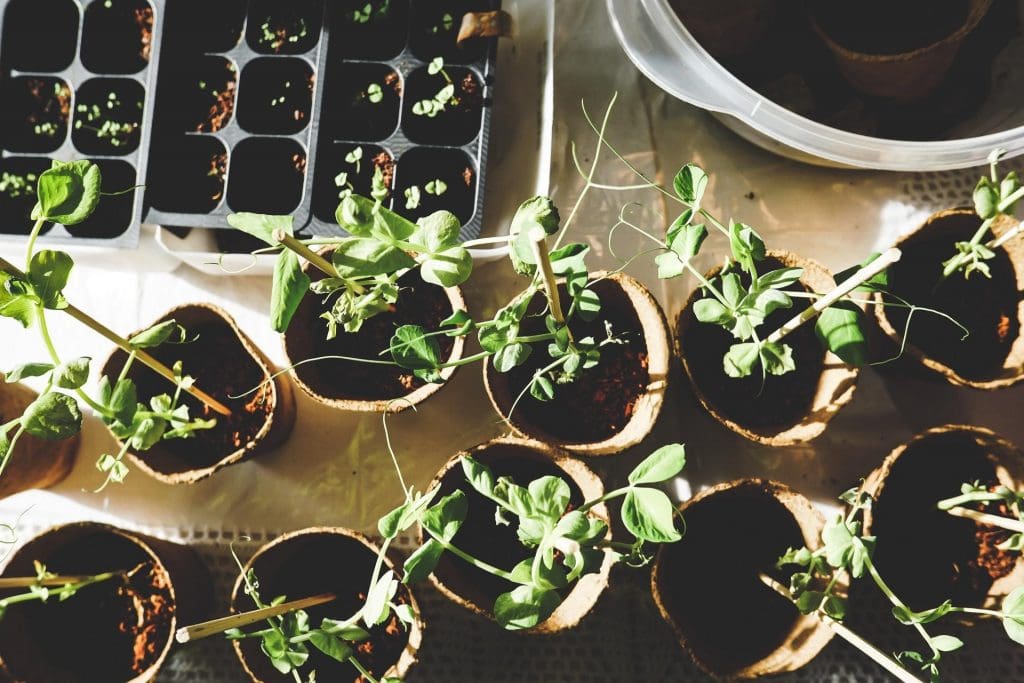
What Makes an Eco-Friendly Home? Information and Tips for House Hunters and Homeowners
Living green at home is a way that each of us can benefit the environment—from preserving natural landscapes to minimizing landfill waste to reducing air pollution. Not only that, but it’s often the more economical choice for homeowners. Whether you live in the Northwest U.S. or beyond, if you’re looking for a new eco-friendly home or ideas to live a greener lifestyle in your current home, the information and tips below can help you get off to a solid start.
FINDING AN ECO-FRIENDLY HOME
More times than not, finding an eco-friendly home requires a little bit of investigation. Sure, a roof with vegetation on top of it or a compost bin on the porch might be pretty good indicators that the homeowners are environmentally conscious. But there are other things to look for to determine just how eco-friendly a home really is.
For example, evaluate the trees surrounding the home. Are they deciduous? Do they shade the house? If so, the house might not be protected from the elements when the leaves fall off in winter. Also, you could request to see utility bills for the past two years from the homeowner. That way, you can see evidence that the home is energy-efficient.
Other ways to check for energy efficiency include looking at how many sliding doors the home has, whether the sunroom has a door, and whether the front door is well-sealed. Too many sliding doors, a wide-open sunroom, and worn-out weatherstripping on doors can all be indicators that energy is being wasted.
When searching for your next home, be sure to find a real estate agent with experience in green homes. That way, you can have an expert by your side as you look at homes on the market in your area.
GREENING YOUR EXISTING HOME
If you are happy with your home and simply want to make it greener, here are a few of many things you can do to achieve that goal.
Look for the “ENERGY STAR” label.
Appliances make a big difference when it comes to saving energy and benefiting the environment. Whenever you have to buy new appliances, only purchase ones with the “ENERGY STAR” label. That way, you can ensure that you save energy when running appliances.
Change your lighting.
Similar to appliances, the light bulbs you use can affect energy consumption. Energy-efficient light bulbs to look for include LEDs, CFLs, and halogen incandescents. Not only do these types of light bulbs use less energy, but they typically last longer than traditional types as well.
Along with the light bulbs you use, change the way you use the lights in your home. For instance, whenever possible, use natural light by opening your blinds/curtains, and always turn the lights off when you leave a room.
Plant a garden.
Planting a simple vegetable garden is a great way to benefit the environment while providing you and your family with healthy, delicious foods. Try to shop at your local farmers market for things that you can’t grow, and eat at restaurants that serve locally sourced foods.
Go digital.
If you want to cut down on clutter while minimizing paper waste, digitize everything you can think of. This might include things like photo albums, entertainment media (e.g., music, movies, TV show box sets), and bills.
Opt for cloth.
Another way to cut down on paper waste is to use cloth whenever possible. For example, using cloth diapers, even if it’s once or twice a day, can make a significant difference in the amount of landfill waste you contribute to, as can using cloth napkins in place of paper towels and napkins.
There are many benefits to making your lifestyle at home more green, and it’s not as difficult as some may think. Consider the advice above when searching for a new home, as well as the tips for how you can make your current home more eco-friendly. And remember that even the simplest of changes can make a positive impact on the environment while saving you money.
About the Author
Ginger Reid spends her time writing and searching for ways to make a positive impact on our planet. She believes that any small changes will help cut our environmental footprint.
